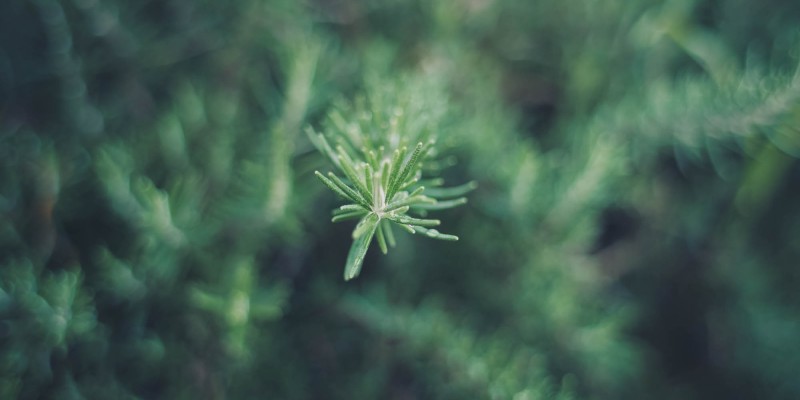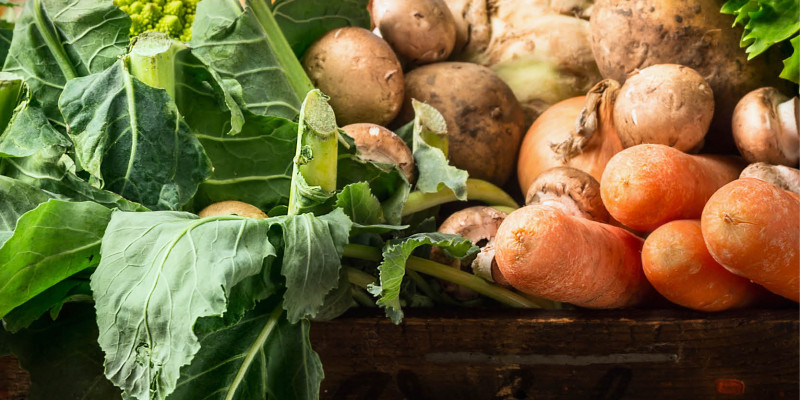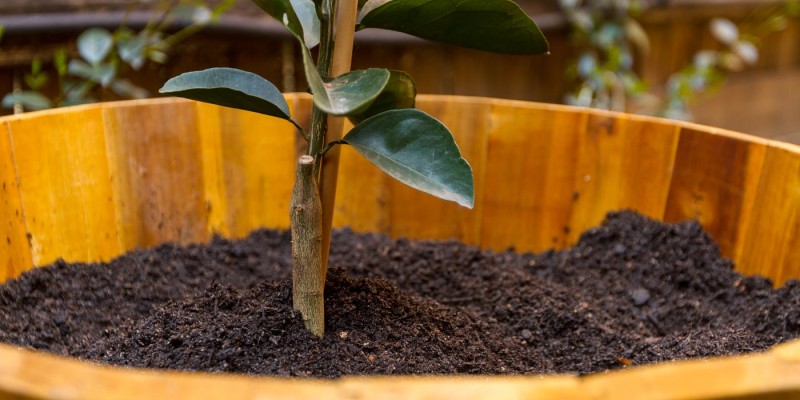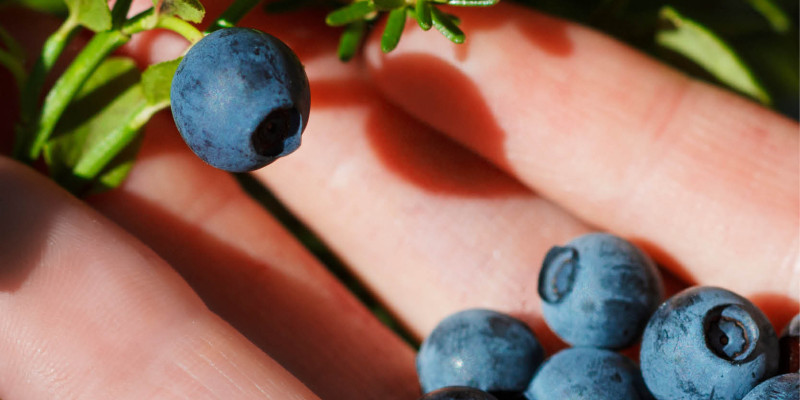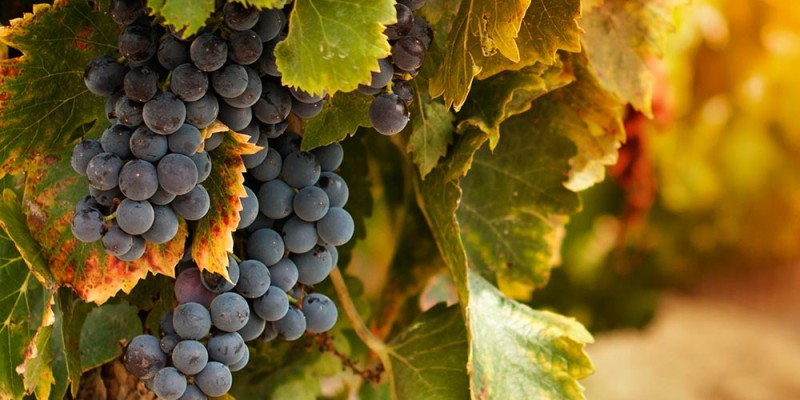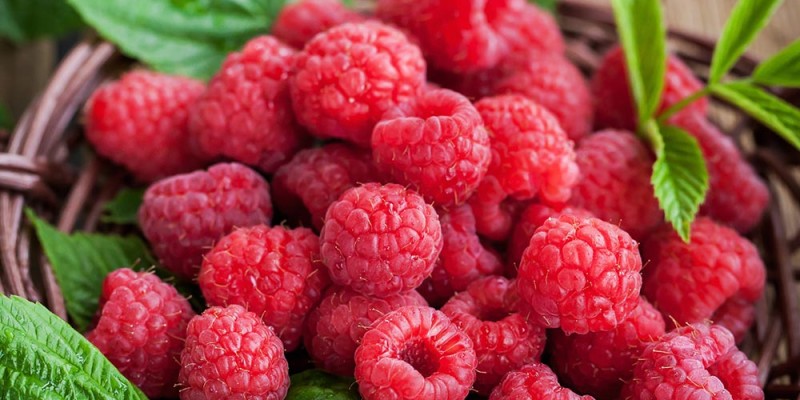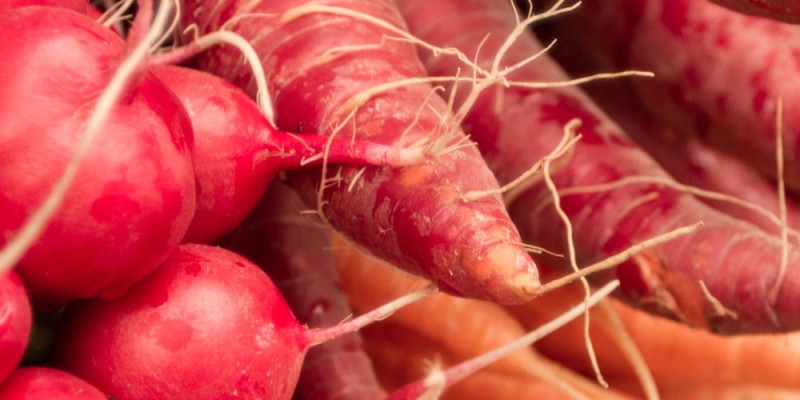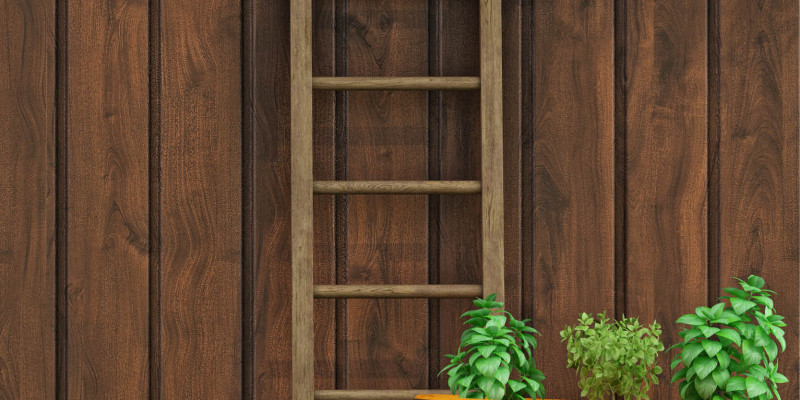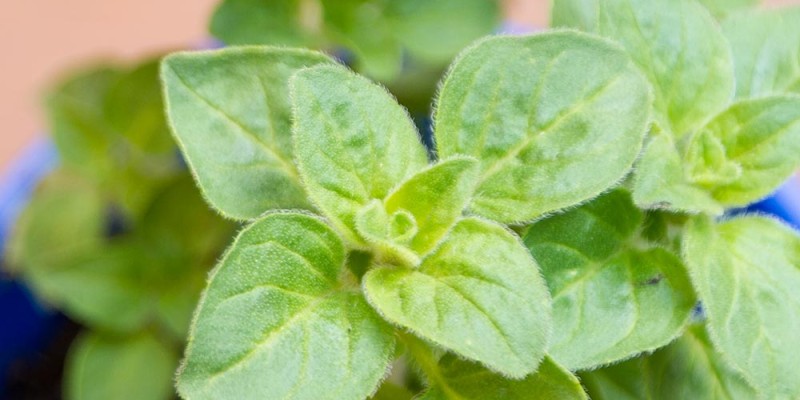Perennials are plants that you plant once and reap the benefits for years to come. On today’s episode I am going to plant one of my favorite spring crops, Asparagus.
A full list of the perennials I have can be found in the description below.
Asparagus:
Asparagus produce edible spears in the spring and can grow in a wide variety of colours. This year I planted green purple and white asparagus in my garden.
Asparagus is hardy from Zones 2 to 8 however there a few heat tolerant varieties that can further extend into warmer climates. It is important when selecting varieties to make sure they are well adapted to your particular zone.
You can start asparagus from seeds however those take 3 years to become strong enough for harvest. A little more expensive option is planting bear roots. Already potted and growing asparagus are usually available if you cannot find bear root plants that are often only available in early spring.
You can plant the bear root asparagus up to 4 weeks before your last frost date or generally as soon as the soil can be worked. If you are well into your season you can still plant asparagus I would just recommend using seeds instead of crowns.
When looking for a good place to plant asparagus you will want to consider a few things.
Sun exposure is important and you will want to find a place that has 6 or more hours of direct sun. Asparagus needs full sun to produce well. You should also consider anything in the area that may be shaded as the fern grows later in the season. The fern will grow between 1.5 and 2 meters or 5 to 6.5 feet tall.
Once you have found a sunny spot for your asparagus the next consideration is the soil you want to grow them in.
Well drained organic rich soil is required for asparagus. Generally a depth of no less than 30cm or 12 inches is recommended for asparagus. They also do best when the soil’s pH is between 6.0 and 6.7. For this reason I have selected a raised bed where I can get the depth I need while starting with a good pH. Native soil is usually not very thick and changing its pH is incredibly hard.
You will want to plant the roots with the crown facing up at the bottom of a trench that is 3-5 cm or 1-1.5 inches deep. Make sure to spread the roots out as much as possible. I found it easiest to make a little mound at the bottom of the trench to help spread the roots out. Unlike planting bear root strawberries you will want to bury the crown of the asparagus roots between 1-2 cm or 1/3 to ½ inch deep.
Later in the season as the plants grow you will want to fill in the trench with compost.
You can plant between 1 and 4 roots per square foot
Any spears that come up during the first season should be left alone and not harvested. This will allow the plant to develop a strong root system. If you start with bear roots you can harvest spears one year after planting by cutting the spring spears off at ground level stopping harvest in late May allowing the plant to grow and prepare for the next season.
Asparagus grow like a fern for the remainder of the season dying back to the ground every year. Generally it is recommended to cut the dry plant off at ground level in late fall and apply a heavy mulch. Asparagus are heavy feeders and mulch made with compost and free and local resources such as autumn leaves, coffee grounds and eggshells will help feed the plant long into the future and does not cost anything.
Some varieties of asparagus will produce berries and seeds. Unless you want them to spread in your garden a prudent move is to remove the berries if they develop. An easier method is to plant varieties that only produce Male spears. Strains like my green millenium variety will not produce any berries eliminating the need to pick them off.
If you keep these crowns well fed and maintained they should produce heavy crops every spring for many years to come.
We love to barbecue our asparagus with a little bit of balsamic vinegar.
Full Perennial List Current to June 4th 2016
Apple Trees: light production expected full production when tree is 5-7 years old
Harcourt
Honey Crisp
Combination Apple Tree 7 Varieties (severely damaged spring 2016)
Espalier Apple Tree: expected full production year 3
Honey Crisp
Spartan
Paul’s Pear
Mount Royal Plumb
Asparagus: expected full production year 2 from 3 year old roots
Millennium (green)
Purple Asparagus
Ravel (white)
Blue Berries: Light production year 2
North Land
North Country
North Blue
Cherry Tree: expected production 5-7 years
Romeo
Fig: Expected production year 2
Magnolia Breba (container) (lower growth)
Violet De Bordeaux Breba Fig (container) (upright growth)
Chicago Hardy Fig (Container)
Goji Berry: expected production year 3 from seed
Grapes: expected full production year 4-5
Heirloom Grandpa Legaree
Heirloom Grandpa Lampi
Frontenac
Frontenac Gris
Valiant
Pixie Dwarf Vine (Container)
Honey Berries: expected full production year 3
Borealis
Berry Blue
Indigo gem (container)
Tundra (container)
Raspberries (unknown varieties) Full production year 2
Two Red and one Yellow variety
Rhubarb: Full production year 2
Arctic Rhubarb from Kay Garvin via Dad
Unknown
Strawberries: Full production year 2
Seascape
Apple Tree: Grafting
Goodland (Harcourt Tree)
Manitoba Apple (Honey Crisp Tree)
Lingon Berries
Erntesegen
Balsgard
Mint
Spearmint
Strawberry Mint
Related Episodes
Fruit Tree Grafting for Beginners:
Urban Gardening Series Playlist
How to Grow an Espalier Fruit or Nut Tree
Growing Perennials in Zone 3 Alberta Canada
